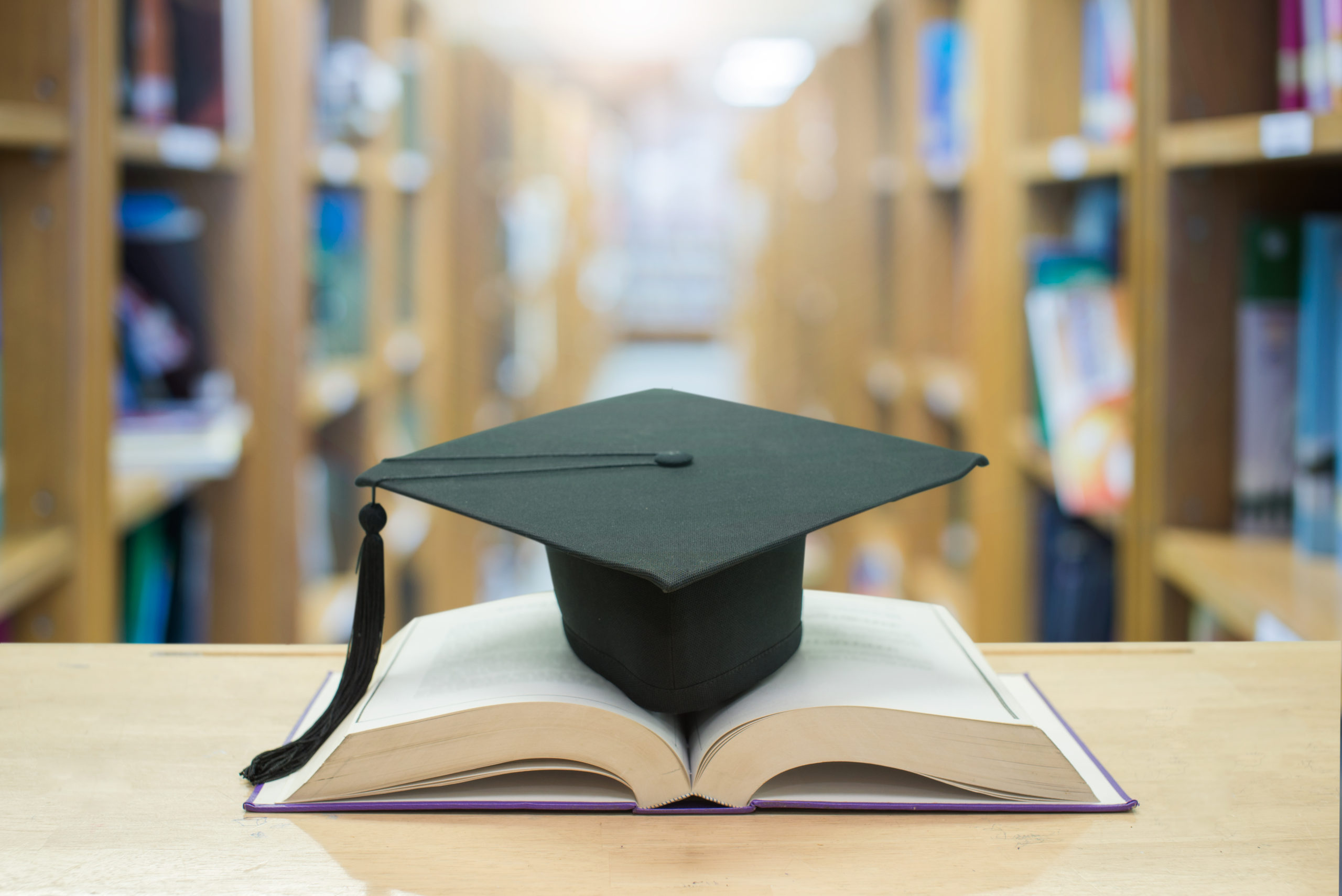The Congressional Budget Office (CBO) recently published a report examining the costs of income-driven repayment (IDR) plans for federal student loans.
Among the findings:
- As of December 2018, there was $1.4 trillion in outstanding federal student loan volume.
- Since 2010, all federal loans have been issued by the federal government, and a growing portion have been repaid through IDR plans.
- Between 2010 and 2017, the balance of loans being repaid through an IDR plan grew from $24 billion (12% of total eligible loan balance) to $384 billion (45% of total eligible loan balance).
- Monthly payments under IDR plans are determined by the borrower’s total loan balance and annual income. On average, monthly student loan payments made under IDR plans are smaller than payments that would be made under the standard repayment plan. IDR plans offer loan forgiveness to borrowers after making qualified payments for a set period of time, typically 20 or 25 years.
- For a more detailed overview of federal student loan repayment, and IDR plans, please see PNPI’s Student Loan Repayment Primer.
- The CBO estimates that most borrowers on IDR plans are not required to make payments that cover the monthly accrued interest; thus loan balances being repaid through IDR are growing.
- Borrowers using IDR plans default at much lower rates than borrowers using a standard repayment plan.
- Between 2011 and 2017, the percentage of borrowers enrolled in an IDR plan increased from 10% to 27%.
- Among undergraduate borrowers, the percentage of borrowers enrolled in an IDR plan increased from 13% to 27%.
- Among graduate borrowers, the percentage of borrowers enrolled in an IDR plan increased from 6% to 39%.
- The volume of loans being repaid in an IDR plan has increased faster than the number of borrowers utilizing an IDR plan.
- In 2017, 45% of the eligible federal student loan balance was being repaid through an IDR plan, up from 12% in 2010.
- By 2017, undergraduate borrowers were repaying $153 billion (34% of their total loan balance) through an IDR plan, and graduate borrowers were repaying $231 billion (56% of their total loan balance) through an IDR plan.
- Most student debt being repaid through IDR is being paid through the Income-Based Repayment plan. Most borrowers entering repayment since 2017, however, are using the Revised Pay As You Earn repayment plan (REPAYE).
- Based on an August 2019 baseline, the CBO estimates that $1.05 trillion in Direct Loans will be disbursed between 2020 and 2029.
- CBO estimates that $490.4 billion of these loans will be repaid via IDR, with a total subsidy of $82.9 billion or 16.9% and $562.7 billion will be repaid via a standard repayment plan, with a negative subsidy of $72.2 billion (a surplus) or -12.8%
- CBO estimates that $40.3 billion (21% of total loan balance) of undergraduate federal student loans will be forgiven, and that $167.1 billion (56% of total loan balance) of graduate federal student loans will be forgiven.
- CBO estimates that graduate student borrowers will receive 81% of total loan forgiveness between 2020 and 2029.
Several factors contribute to the larger estimated cost for IDR subsidies: IDR borrowers tend to have higher loan balances; these borrowers have lower income than borrowers on standard repayment plans (and thus lower monthly payments); certain IDR plans are eligible for loan forgiveness; interest accrued on student loans is tax deductible, which leads to a decrease in federal tax revenue; and graduate borrowers, who disproportionately enroll in IDR, have higher interest rates than undergraduate borrowers.



